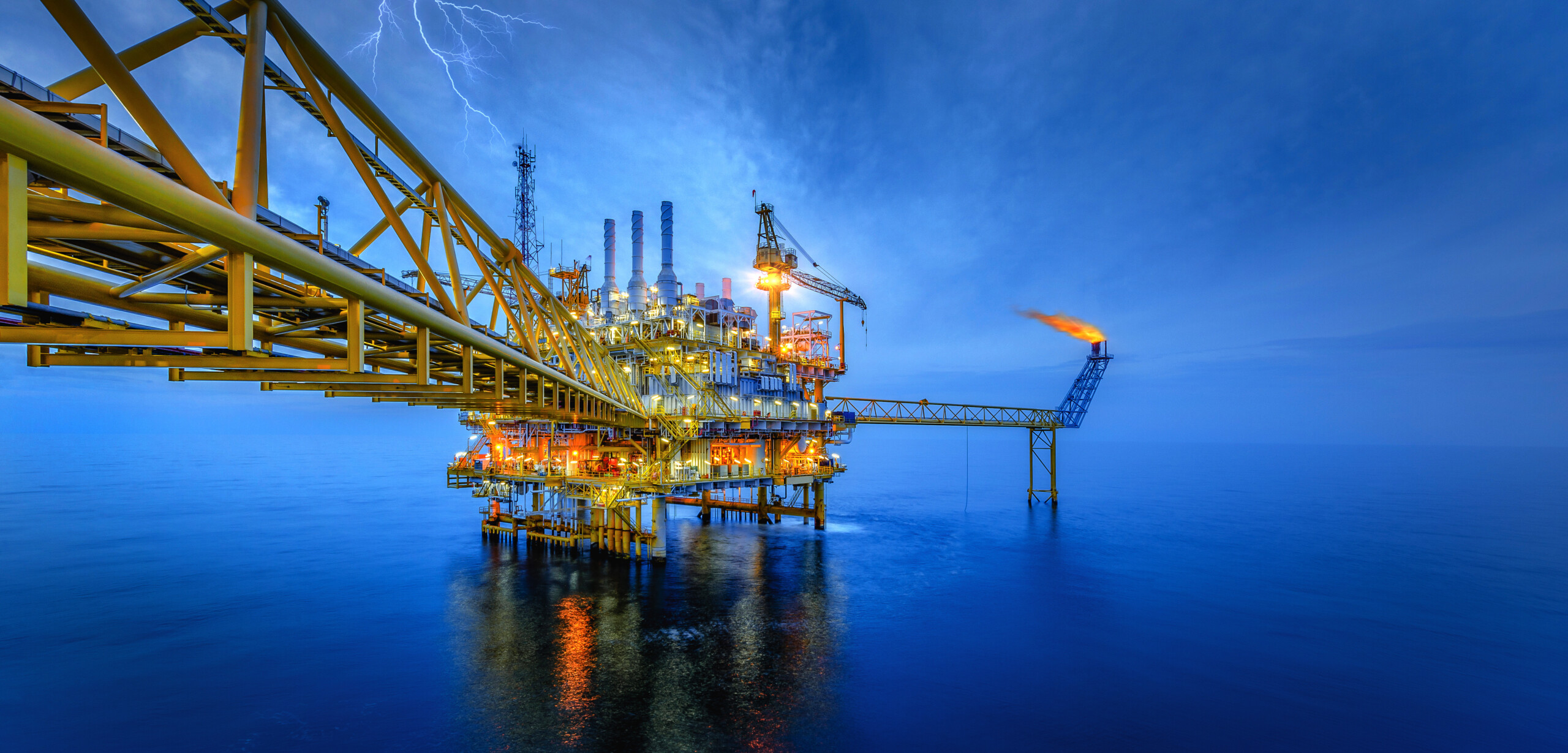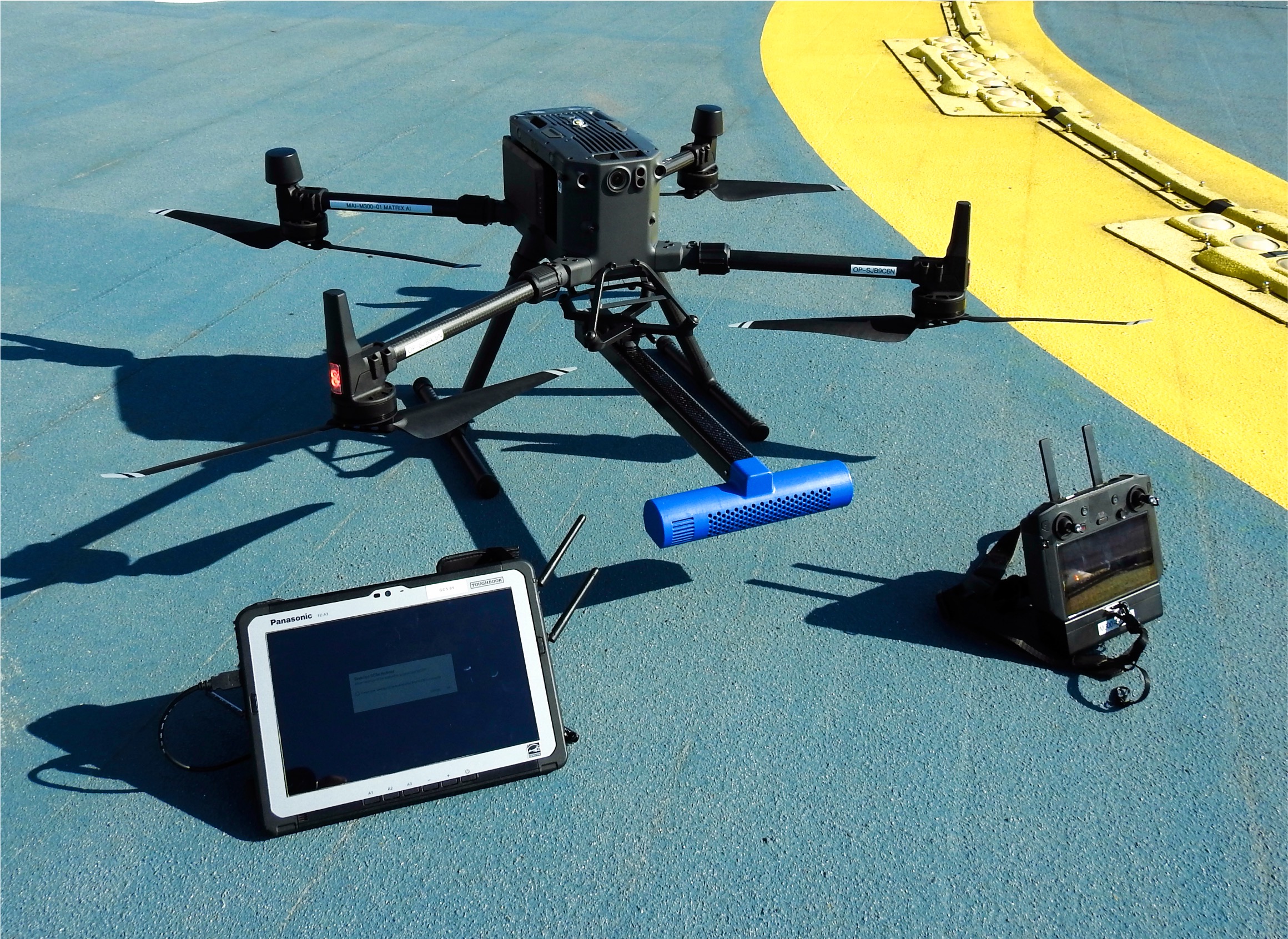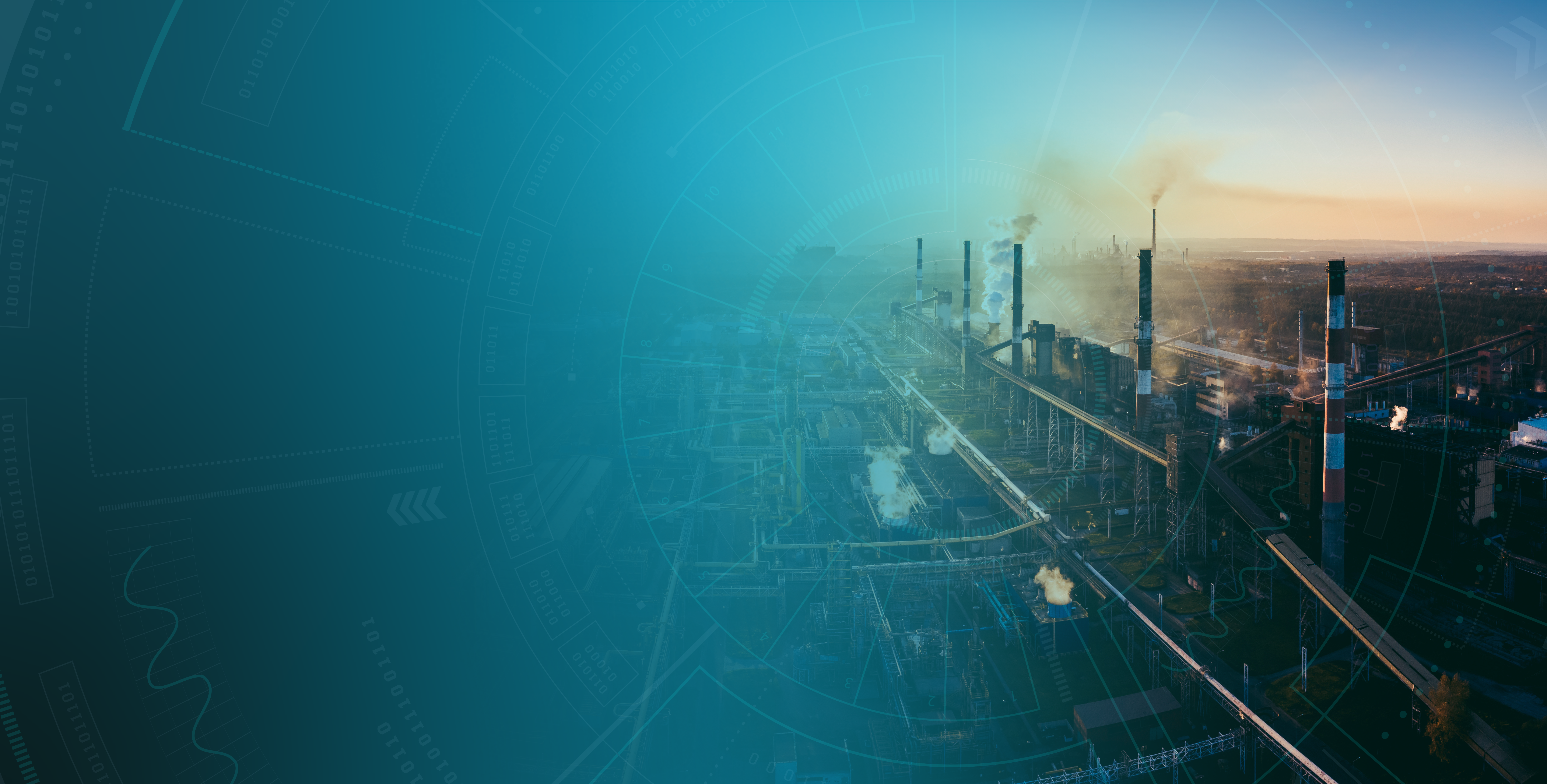NEWS & INSIGHTS | Opinion
Sensing a shift in emissions measurement and monitoring

Sensor technology and real-time monitoring play a pivotal role in emissions monitoring and reduction due to their ability to provide accurate, timely data essential for identifying and mitigating environmental impacts. By employing sensors throughout operations, companies can continuously monitor emissions levels, pinpoint sources of leaks, and ensure flare combustion efficiency.
Older methane-monitoring systems require manual sampling, fixed-point monitoring stations, laboratory analysis and provide limited coverage. These methods are labor-intensive, time-consuming, lack mobility and flexibility in adapting to changing conditions, and may not provide real-time data.
Despite significant advancements, gaps persist in sensor technology and real-time monitoring, notably in accurately detecting pollutants and handling vast data volumes. Improved algorithms and predictive modeling are needed for better analysis and risk prediction. Integrating emerging technologies like AI can automate decision-making.
As an operator, how do you know which technology you should adopt and implement across your assets?
The types of sensors to consider are:
In Situ Sensors
Metal Oxide Semiconductors: Electric circuits that are doped with oxide materials to react with the target gas, where tin dioxide is commonly used for methane and VOC detection.
Printed Nanotube Sensors: Designed to detect a range of atmospheric gases including methane or ethane.
Gas Chromatography: Used in a lab from samples used to separate difference species of gases which are then detected via other detection technologies.
Mass Spectrometry: Used to identify molecules by ionization of the sample and measuring the mass to change ratios. They can determine isotopes and therefore be used to distinguish between thermogenic and biogenic methane.
Both In-Situ and Remote Sensors
Laser Absorption Spectroscopy: Utilises the wavelength-dependent absorption of laser light to quantify the concentration of any gas in a mixture.
Remote Sensing
Optical Gas Imagers: Specialised infrared cameras use a narrow range of the IR spectrum which methane and other hydrocarbons absorb. OGI cameras can visualise gas plumes, with leaks appearing as ‘smoke’ in the image.
Multispectral and Hyperspectral Imaging
Spectral imaging sensors: Have the capability to distinguish between different gases based on their specific wavelength absorption properties. For the purpose of measuring methane, the infrared band is commonly used.
It’s not just about selecting the right technology, placement is also a key factor. Strategic positioning of sensors enables accurate data collection, allowing for precise identification of emissions sources and effective implementation of mitigation measures.
Bottom-Up techniques directly measure or estimate emissions at the source/activity level these include handheld instruments which have a very close proximity (10cm – 10m) to individual components and sources and fixed sensors which have a close proximity (1 – 100m).
Top-Down techniques measure ambient air concentrations of methane, calculate methane flux based on atmospheric conditions, and attribute emissions to a facility or region. These include, surface mobiles, drones, planes, and satellites.
But careful consideration must be given whilst selecting for example, surface mobiles can only measure concentrations from the surface, not in the vertical column of the methane plume. Where drones are concerned, resolution depends on sensor type/measurement frequency and flight path.
At NZTC we understand how challenging it can be to determine the right technology to help you achieve your emissions measurement and monitoring goals. We can help you understand the readiness of technologies, modification requirements, and indicative implementation costs.
Through our Technology Roadmapping solution, we can provide you with unmatched insight and foresight into proven, emerging and future emissions measurement and monitoring technologies between now and 2050 across zero emissions power, zero routine flaring, venting and fugitive emissions.
Subscribe for the latest updates



